If you live in an apartment, you may unintentionally know the details of your neighbor's life by overhearing conversations through your shared walls. Or you keep awake when the dog that lives in the apartment above decides to take a walk in the middle of the night. If so, you may live in an apartment with inadequate sound insulation in its walls and/or slabs. As cities grow increasingly dense and builders seek to increase their profit margins, it is not uncommon for acoustic comfort to be overlooked in many architectural projects. When the resulting noise is excessive or unwanted, it impacts the human body, the mind, and daily activities. While not all spaces need to seal all types of sound, creating spaces with an adequate degree of soundproofing improves the quality of life of all users.
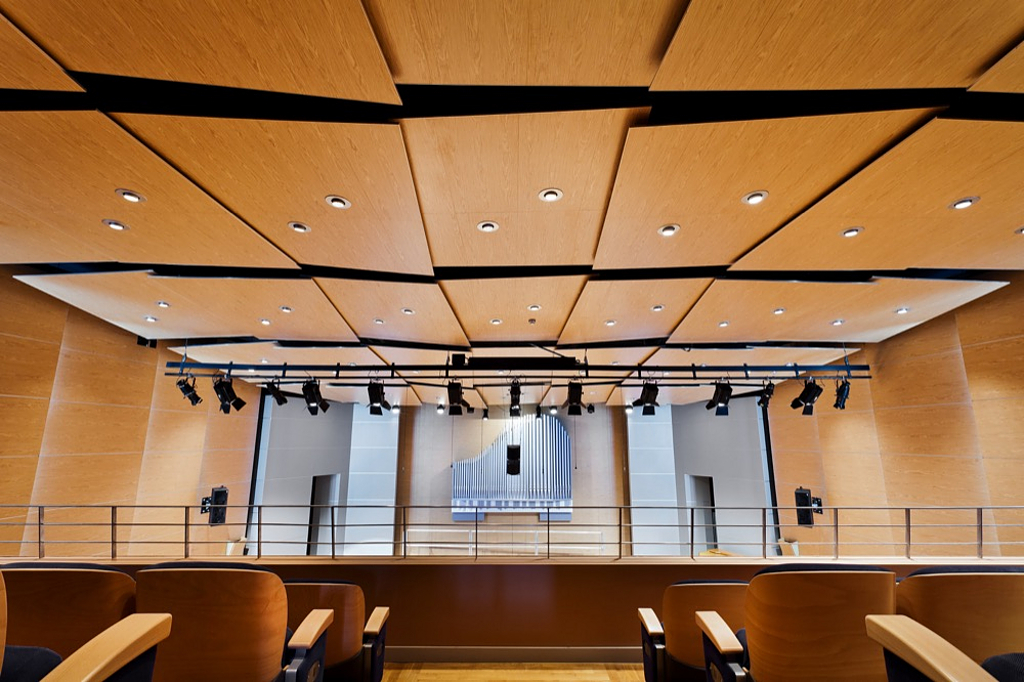
Sound insulation is the ability to soundproof an environment in relation to its exterior. That is, it can be used to "cover" noise coming in from the street or prevent sounds generated inside the space from "seeping" outwards. This process relies on the ability of surfaces to create barriers, preventing noise from passing from one environment to another. To achieve an acoustically isolated environment, sound waves must be completely reflected or absorbed by a room's material surfaces without emitting any sound on the other side.
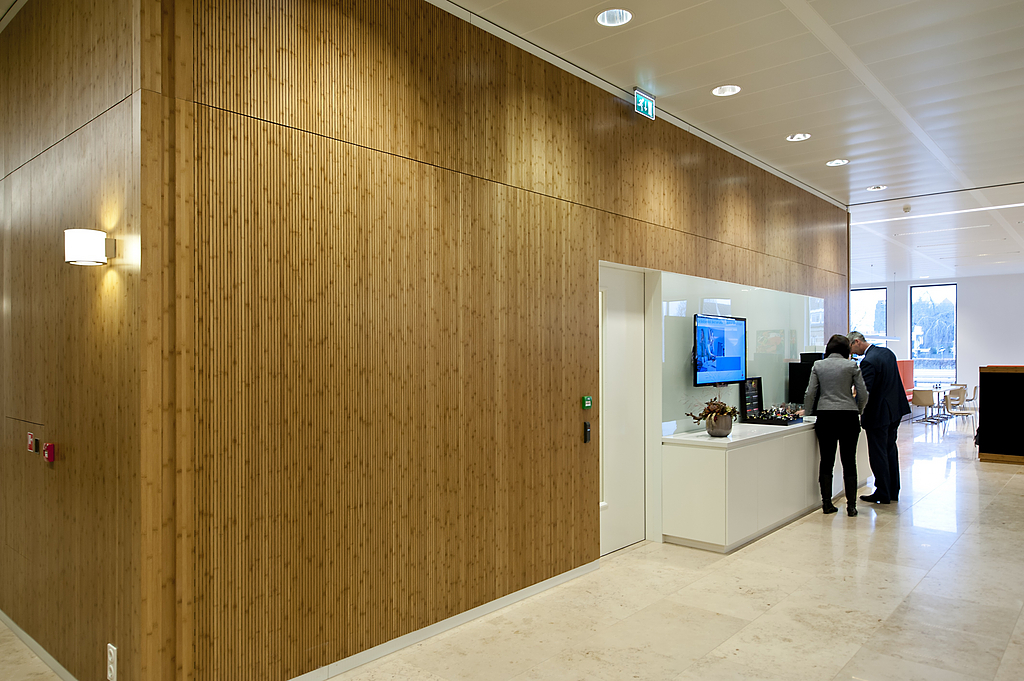
But an environment with good sound insulation does not always coincide with quality acoustics. We have already covered this topic in a previous article. All building materials have acoustic properties because they absorb, reflect, or transmit the sounds that affect them. When sound waves are reflected, they cause an increase in the general echo and reverberation levels in a space. That is, a space built with reflective materials, such as concrete, produces multiple echoes and little clarity of sound, which may be desirable for certain uses such as churches. In contrast, acoustic absorption is a phenomenon that minimizes the reflection of sound waves in an environment, making the sound disappear immediately after its emission. The more absorbent the material that is added to the room, the shorter the reverberation time.
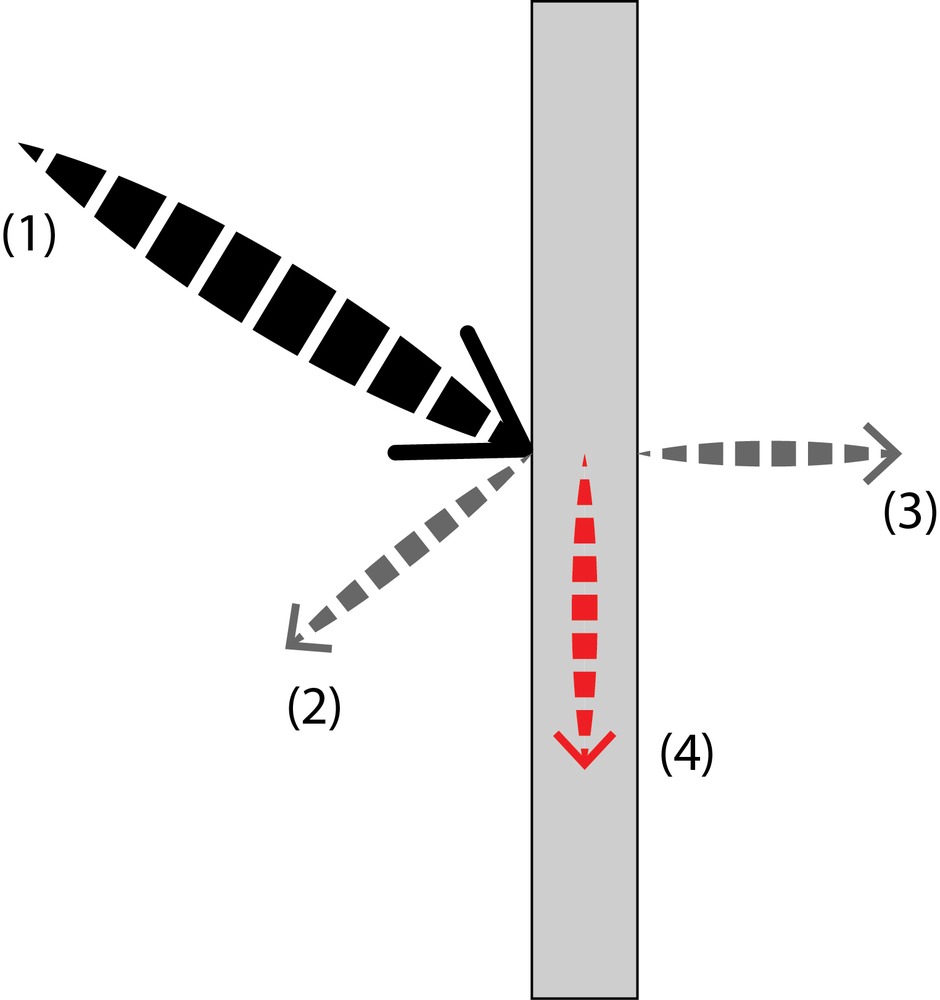
This is where we find most of the confusion around acoustic materials. To achieve soundproofing we need large masses, or thick and heavy walls and slabs. Materials considered "good sound absorbers" are light, soft, and porous. Materials considered "good insulators" are heavy, hard, and smooth. If the idea is to reduce the noise entering or leaving a room, the structural mass of the walls, the floor, and the ceiling must be increased, and the air spaces from windows and doors must be sealed. But if the purpose is to make the environment more pleasant, with less reverberation, what we seek is to absorb the sound. For auditoriums, theaters, and cinemas, where the acoustics should be as close to ideal as possible, an analysis of the materials of all surfaces in the rooms should be performed, defining how much absorption and reflection is desired at each point. For this, the experience of an acoustics expert is essential.
To achieve basic knowledge, it is important to know the characteristics of some of the most common materials. For this purpose, there are tables that list the absorption coefficients of each material when exposed to certain frequencies (Hertz). It varies from 0.00 (perfectly reflective) to 1.00 (perfectly absorbent). For example, a coefficient of 0.2 means that 20% of the sound energy that comes into contact with this material is absorbed and is not reflected back in the room. That is, this material is 80% reflective for a given sound frequency. To standardize these quantities, the label NRC refers to the "Noise Reduction Coefficient" and is a standard classification that corresponds to the arithmetic mean of the absorption coefficients for the frequencies 250, 500, 1000 and 2000 Hz. To help understand this classification, we share some materials and their respective noise reduction coefficients.
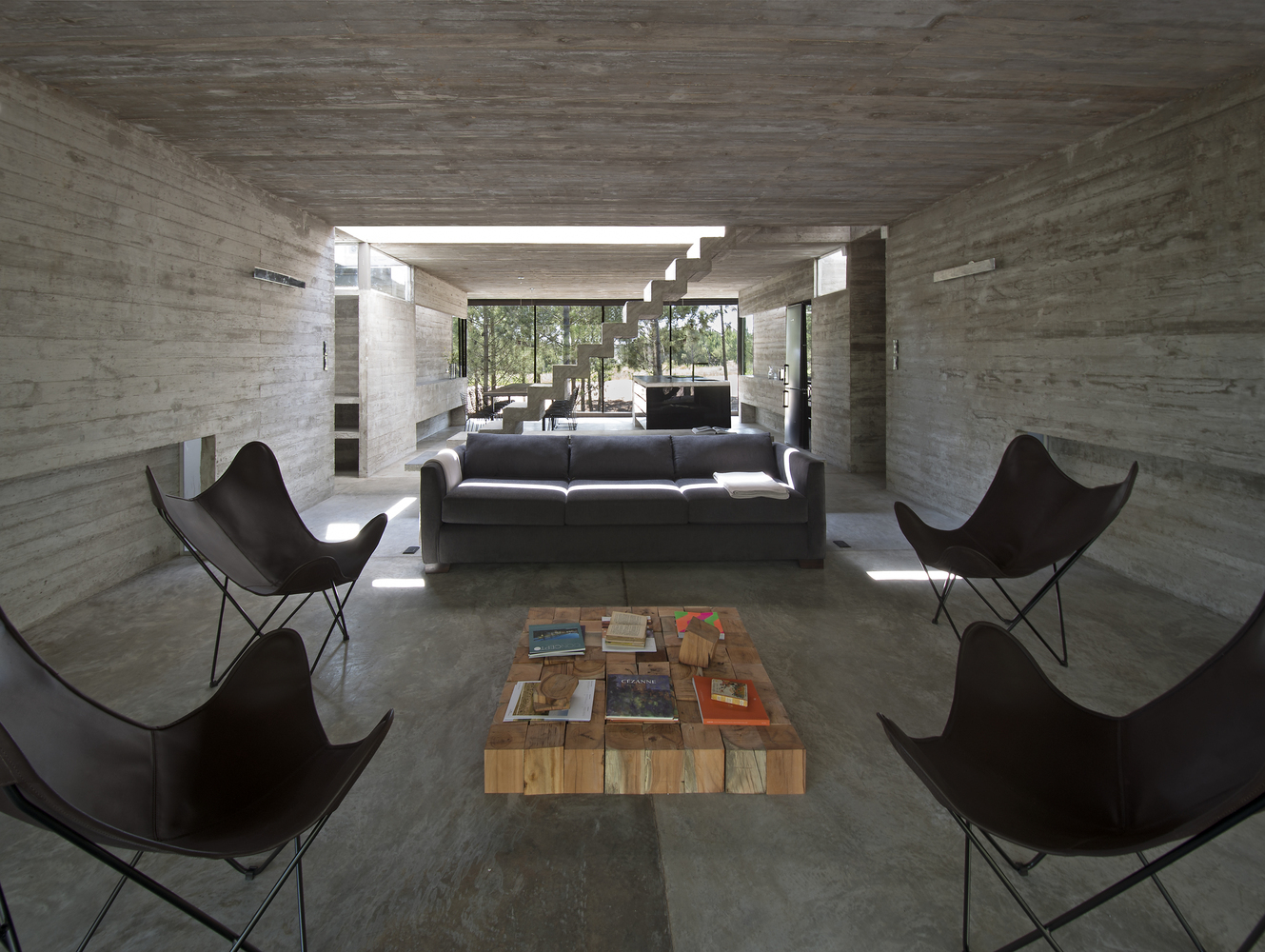
Less absorbent materials
Plastered masonry | 0.025
Exposed concrete | 0.03
Glass | 0.03
Marble | 0.01
Granite | 0.015
Metal surface | 0.025
Ceramics | 0.015
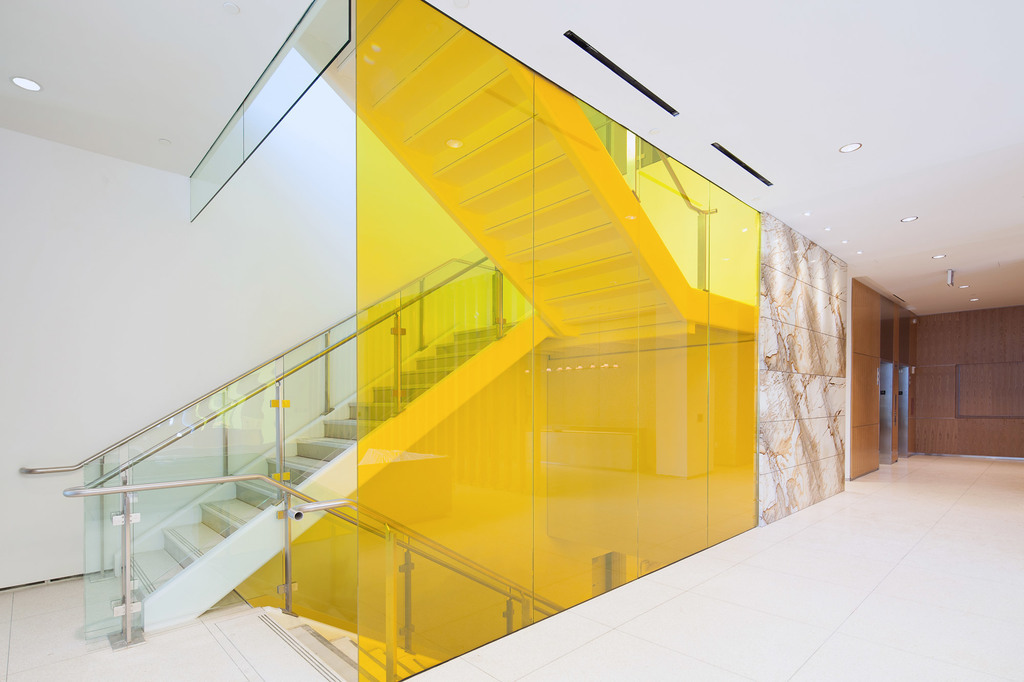
More absorbent materials
Glass wool | 0.68
Rock wool | 0.72
Acoustic foams | 0.5
Wood fiber acoustic panels | 0.57
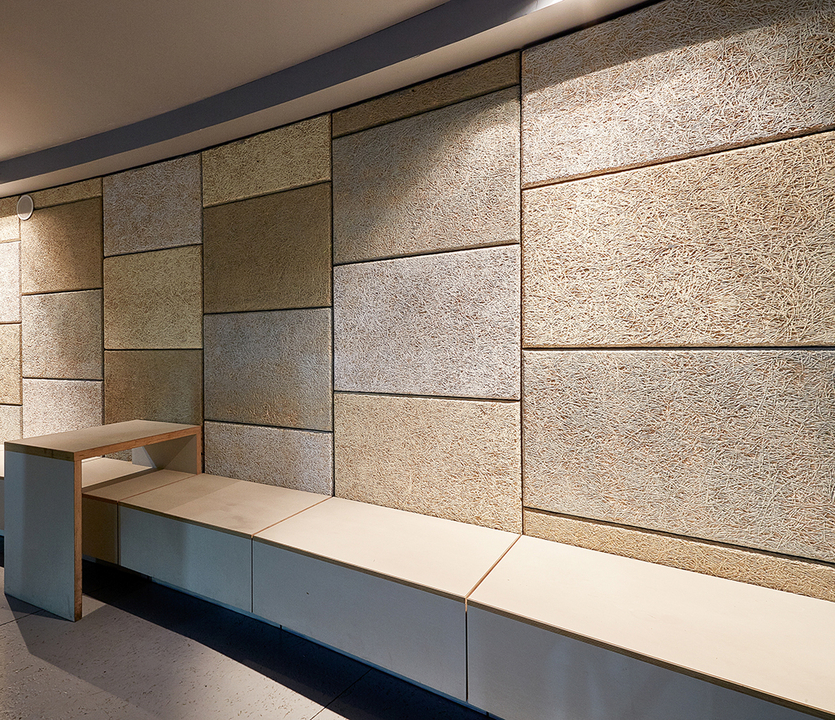
Having knowledge of these materials can help architects gain a better understanding of the behavior of designed spaces. Acoustic comfort may depend on good sound absorption, efficient sound insulation, or both. While it is possible to combine reflective and absorbent materials in the same space, there are products on the market that serve the same purpose. In practical terms, the choice of a material for acoustic absorption goes beyond technical data, such as absorption coefficient and noise frequency; it also depends on cost, resistance, availability, and appearance, among others. The important thing is to understand the needs of the environment and the characteristics of each material used in the project. When choosing these materials, we must combine all the necessary elements to obtain the best result according to the purpose of the project and the requirements of its users.
(Cre_archdaily.com)
Xem định vị:
- Tổng công ty: Cụm Công Nghiệp Lại Yên, Xã Sơn Đồng, TP. Hà Nội.
- Kho Mỹ Đình: Đối diện 304 đường K2, Cầu Diễn, Nam Từ Liêm, Hà Nội.
- VP Trường Chinh: Số 36, ngõ 120 đường Trường Chinh, phường Kim Liên, TP. Hà Nội.
- Nhà máy: KCN Bình Phú, Phường Kỳ Sơn, Tỉnh Phú Thọ.
- Chi nhánh Đà Nẵng: Số 575, Đường Lê Văn Hiển, Hòa Hải, Ngũ Hành Sơn, Đà Nẵng.
- Chi nhánh Sài Gòn: Số 181/7 Dương công khi, Ấp 9, xã Hóc Môn, TP. Hồ Chí Minh.
* Để rõ đường đi và thuận lợi cho đôi bên Quý khách vui lòng Click vào đây để xem chi tiết.